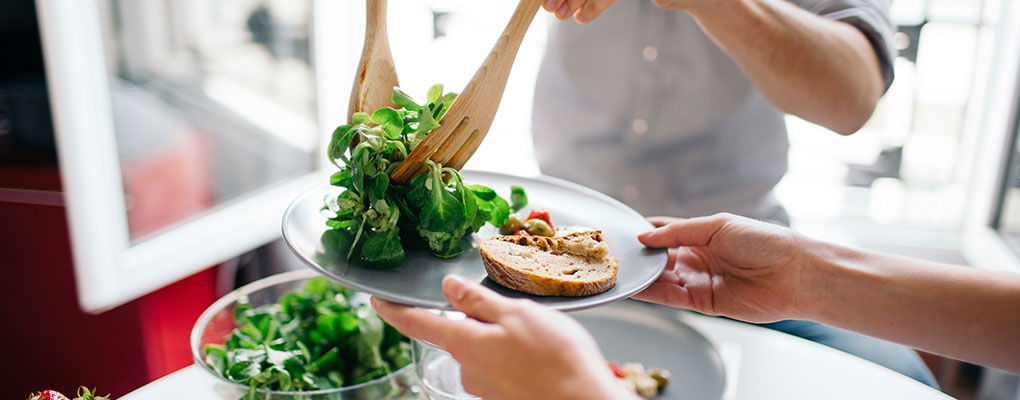
Losing weight is never easy. It takes time, patience and know how. Food and exercise aside, there are 7 things you can do to make it easier for you to get into a 'weight loss mode'. Some are simply bad habits to get rid of; others mean a change in your mindset (how you view your world). If you can adopt these 7 simple diet secrets, you're on the way to better eating habits and a healthier shape.
Learn to stop eating when you're comfortably full, but not ‘stuffed'. Try to leave the table feeling satisfied but not too full or ‘bloated'.
Think in weeks or months, not one week. Your excess weight crept on gradually and that's the best way for it to come off - gradually. That way, you won't trigger your body's ‘fast and famine' mode.
Eat small and regularly. Eating is thermogenic - it generates heat and energy and speeds up your metabolism. Small meals eaten often is a great way to keep your metabolism revving high.
Make yourself sit down, even if only for a cup of tea or an apple. This forces you to think twice about stopping to eat (are you really that hungry?) and you may find you cannot be bothered to stop. It also helps you register you're eating. Most overeating is thoughtless eating, snacking while you walk, picking at food while cooking, nibbling in front of television. Concentrate on the food in front of you and enjoy every mouthful.
Don't rush. Eat slowly, savouring each mouthful and chewing your food well. Put your fork and knife down between bites. Aim to be the last person (not the first) to finish. Try and stretch out your meal to 15 minutes to allow your stomach to signal your brain's appetite centre that it's FULL (called the ‘eye-mouth gap').
Don't eat in front of TV. Don't read while you eat.
Separate your eating from other things. Psychologists say that the two habits become "linked" in the brain, causing an automatic hunger once you sit down to watch television or start to read the paper. At work, if you can't leave your desk, clear a separate space and enjoy your lunch without doing work.
Don't give up all treats and favourite foods - just keep them small and occasional. If 90 per cent of your intake is healthy, then the remaining 10 per cent of an occasional ‘treat' won't derail your efforts. And the odd treat will stop you feeling deprived and less likely to pig out and binge. One chocolate won't ‘spoil' a healthy diet - but the whole box will!
Finally ...
Written by guest contributor, dietitian-nutritionist Catherine Saxelby, and reproduced here with permission from www.foodwatch.com.au.
Tap to call us at 1800 567 348
Fill in your details below and our team will be in contact shortly to answer your questions and get you started.
"*" indicates required fields